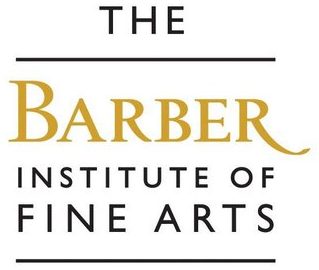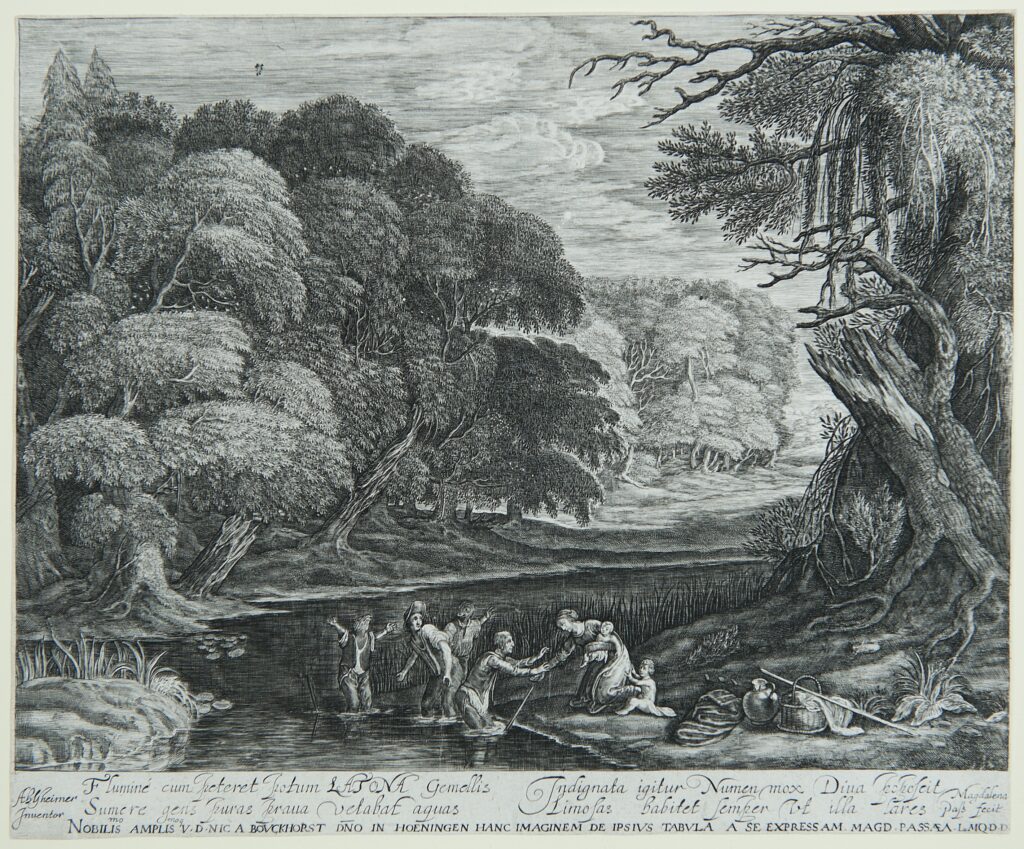This display explores the subject of landscape in etchings and engravings made in the Netherlands during the first half of the 17th century. These are all drawn from the Barber Institute’s collection.
In the late 16th and early 17th century Netherlandish landscape settings were generally used primarily as the background for mythological or allegorical subjects. In later decades, tastes developed for more naturalistic, but still artfully constructed, views of the countryside. This shift is also reflected in, and was facilitated by, the changing graphic vocabulary, or mark making, of the artists, which became increasingly free, varied and expressive.
During the span of this display, the Dutch Republic in the north established political independence from the Spanish Netherlands in the south, but their respective artists shared a common heritage and a similar evolution of approach in depicting landscapes. With the decline of church and court commissions in the Protestant republic, landscape subjects became especially popular and numerous on the flourishing Dutch art market and thereby also helped to establish the fledgling nation’s cultural identity.
The popularity of evocations of the local Dutch landscape was partly a matter of national pride, and partly a product of the growing urban fashion for taking a walk in rural surroundings. While most of the landscapes here allude to the countryside of the Netherlands, others depict views from further afield, reflecting the widespread travel of artists in this period and the sophisticated tastes of some of their patrons. Also featured are scenes of rustic life in which animals and their human minders play a prominent role.
Display curated by Robert Wenley, Deputy Director: Collections and Research
Featured image: Latona and the Frogs by Magdalena van de Passe

